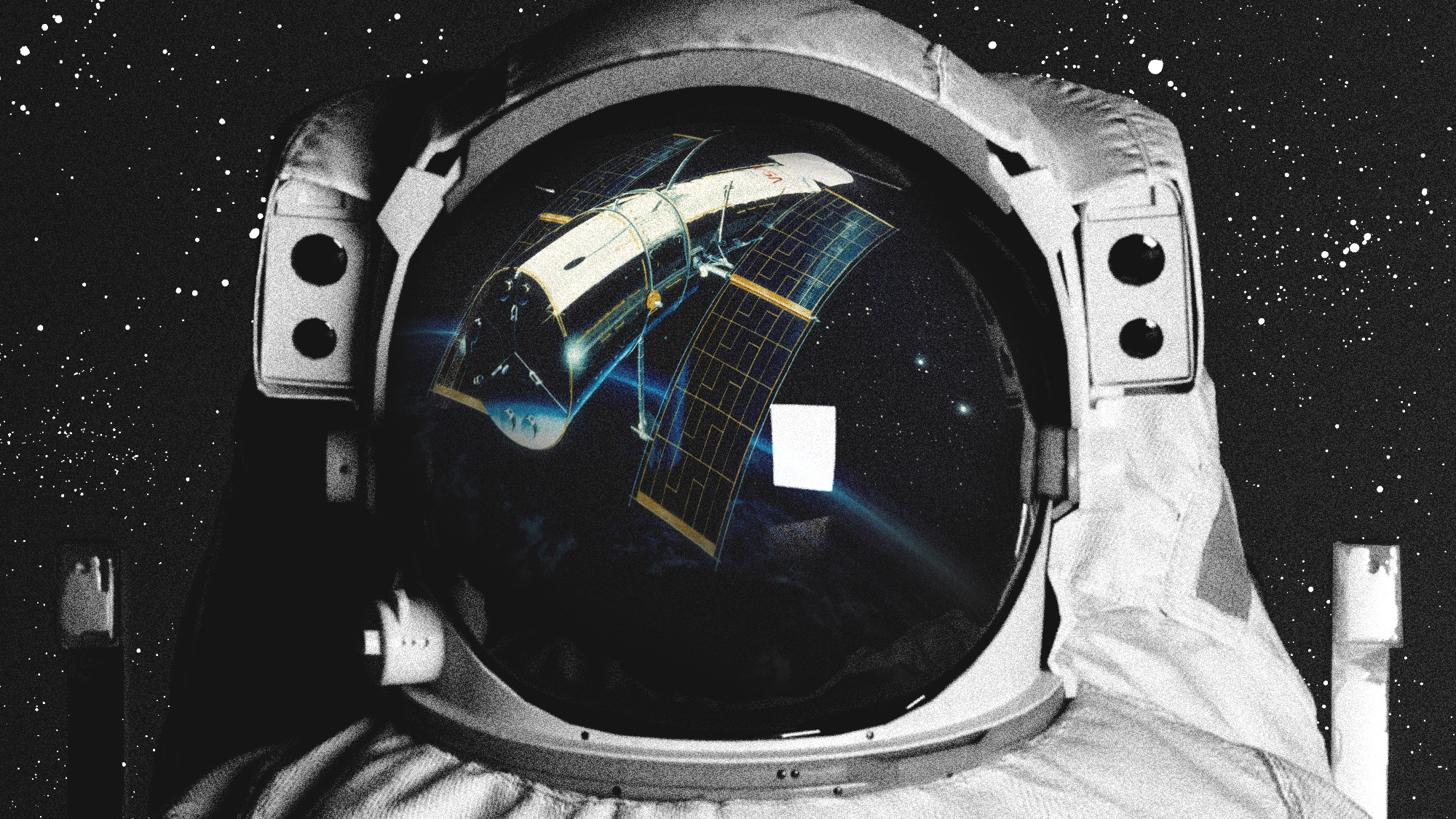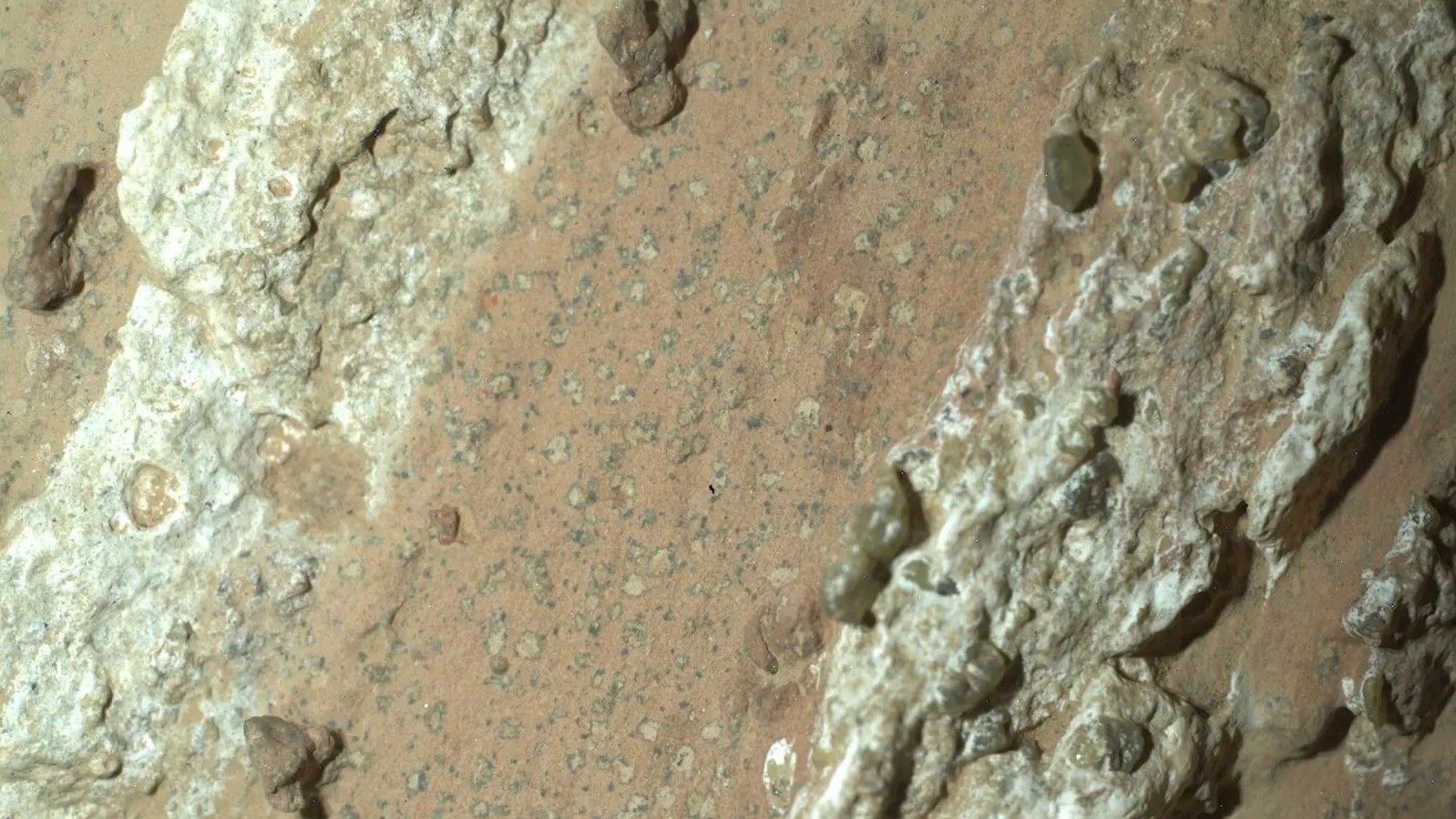A private astronaut wants to save the Hubble Space Telescope — but NASA has concerns
The telescope is expected to burn up in the atmosphere in the 2030s


The Hubble Space Telescope was launched into orbit in 1990, and NASA estimates that it will end its lifecycle in the mid-2030s, burning up in the atmosphere as it plummets back to Earth. But while NASA is already looking to the next iteration of its telescope program, one private citizen is taking steps to save the Hubble — seemingly to NASA's chagrin.
Jared Isaacman, a wealthy entrepreneur and citizen astronaut, has floated a self-funded maintenance mission to the telescope that could potentially expand the Hubble's lifecycle. The mission "would be a great thing to do for science and research across the world," Isaacman, who previously orbited Earth in a SpaceX craft, said to Scientific American in 2022.
NASA authorized a study on Isaacman's plan that year but there has been little chatter since. However, a new report from NPR reveals that the space agency has internally expressed concerns about the safety and possibility of what Isaacman is proposing. Why is NASA cautious about saving the Hubble, and what comes next for the iconic telescope?
The Week
Escape your echo chamber. Get the facts behind the news, plus analysis from multiple perspectives.

Sign up for The Week's Free Newsletters
From our morning news briefing to a weekly Good News Newsletter, get the best of The Week delivered directly to your inbox.
From our morning news briefing to a weekly Good News Newsletter, get the best of The Week delivered directly to your inbox.
Why is NASA concerned about the Hubble mission?
NASA's main concern is that Isaacman's proposed mission to save the Hubble would involve a spacewalk, sponsored by SpaceX, that would seek to refurbish the telescope by way of SpaceX's Crew Dragon capsule. Several top scientists expressed worries over this plan in a series of internal emails. While a "well-planned" mission could extend the Hubble's usage, a spacewalk of the type Isaacman is proposing is "unnecessary and risky," Keith Kalinowski, a retired Hubble operations expert, said in an email to Hubble's project manager that was obtained by NPR.
SpaceX, a private company founded by Elon Musk, also has a "view of risks and willingness to accept risk [that is] considerably different than NASA's," Dana Weigel, NASA's program manager for the International Space Station, said in an email to top NASA officials, per NPR. Extending the telescope's life "is a fantastic savings for NASA, but also a very challenging concept for NASA legal and procurement," said astrophysics program manager Barbara Grofic in another email.
While spacewalks have been performed on the Hubble before, there are a number of differences between the ones undertaken by NASA and Isaacman's SpaceX plan. Most notably, SpaceX "has yet to prove that astronauts can safely venture outside of the company's Crew Dragon capsule," said Futurism. This is because unlike NASA spacecraft, SpaceX's Crew Dragon capsule does not have an airlock, so "for an astronaut to step outside, the entire interior will have to be depressurized and exposed to the vacuum of space when the hatch opens," said NPR. This makes mounting a spacewalk via the Crew Dragon much more complex.
Beyond this, prior NASA missions to the Hubble using the space shuttle were able to "[linger] around Hubble for a week, giving astronauts time to tinker with the hardware, but Dragon doesn't have that capability," said Extreme Tech. Officials also expressed concerns "about the 'extreme immaturity of the spacesuit,' referring to the EVA suit [SpaceX] has since unveiled."
A free daily email with the biggest news stories of the day – and the best features from TheWeek.com
And even when precautions are taken, spacewalks "can get unexpectedly dicey," said NPR. One NASA study cited by the outlet found that of 429 spacewalks conducted since 1965, at least 94 "experienced significant incidents and/or close calls." One 2013 incident resulted in an astronaut nearly drowning when "his helmet filled with several liters of water, giving him no way of clearing his eyes, nose or mouth," ABC News said.
What comes next?
Isaacman will attempt to prove that spacewalks can be undertaken using his Crew Dragon idea. He has "bought a set of three private missions into space ... including an upcoming mission dubbed Polaris Dawn that will see astronauts donning SpaceX's recently-announced EVA suit to perform the first-ever private spacewalk later this year," said Futurism. This could demonstrate that a spacewalk mission to repair the Hubble is still viable.
While there are a number of years left before Hubble will meet its demise, Isaacman is a "bit concerned that the 'clock' is being run out on this game," he said on X earlier this year. The mission would "help advance the capabilities of the commercial space industry We are not going to just reboost a very unhealthy Hubble," he said, adding that NASA's study "provided for several options to enhance the telescope."
Justin Klawans has worked as a staff writer at The Week since 2022. He began his career covering local news before joining Newsweek as a breaking news reporter, where he wrote about politics, national and global affairs, business, crime, sports, film, television and other news. Justin has also freelanced for outlets including Collider and United Press International.
-
 The ultimate films of 2025 by genre
The ultimate films of 2025 by genreThe Week Recommends From comedies to thrillers, documentaries to animations, 2025 featured some unforgettable film moments
-
 Political cartoons for January 3
Political cartoons for January 3Cartoons Saturday's political cartoons include citizen journalists, self-reflective AI, and Donald Trump's transparency
-
 Into the Woods: a ‘hypnotic’ production
Into the Woods: a ‘hypnotic’ productionThe Week Recommends Jordan Fein’s revival of the much-loved Stephen Sondheim musical is ‘sharp, propulsive and often very funny’
-
 Blue Origin launches Mars probes in NASA debut
Blue Origin launches Mars probes in NASA debutSpeed Read The New Glenn rocket is carrying small twin spacecraft toward Mars as part of NASA’s Escapade mission
-
 ‘The Big Crunch’: why science is divided over the future of the universe
‘The Big Crunch’: why science is divided over the future of the universeThe Explainer New study upends the prevailing theory about dark matter and says it is weakening
-
 Dinosaurs were thriving before asteroid, study finds
Dinosaurs were thriving before asteroid, study findsSpeed Read The dinosaurs would not have gone extinct if not for the asteroid
-
 The moon is rusting
The moon is rustingUnder the radar The Earth is likely to blame
-
 Africa could become the next frontier for space programs
Africa could become the next frontier for space programsThe Explainer China and the US are both working on space applications for Africa
-
 NASA reveals ‘clearest sign of life’ on Mars yet
NASA reveals ‘clearest sign of life’ on Mars yetSpeed Read The evidence came in the form of a rock sample collected on the planet
-
 Canyons under the Antarctic have deep impacts
Canyons under the Antarctic have deep impactsUnder the radar Submarine canyons could be affecting the climate more than previously thought
-
 SpaceX breaks Starship losing streak in 10th test
SpaceX breaks Starship losing streak in 10th testspeed read The Starship rocket's test flight was largely successful, deploying eight dummy satellites during its hour in space
